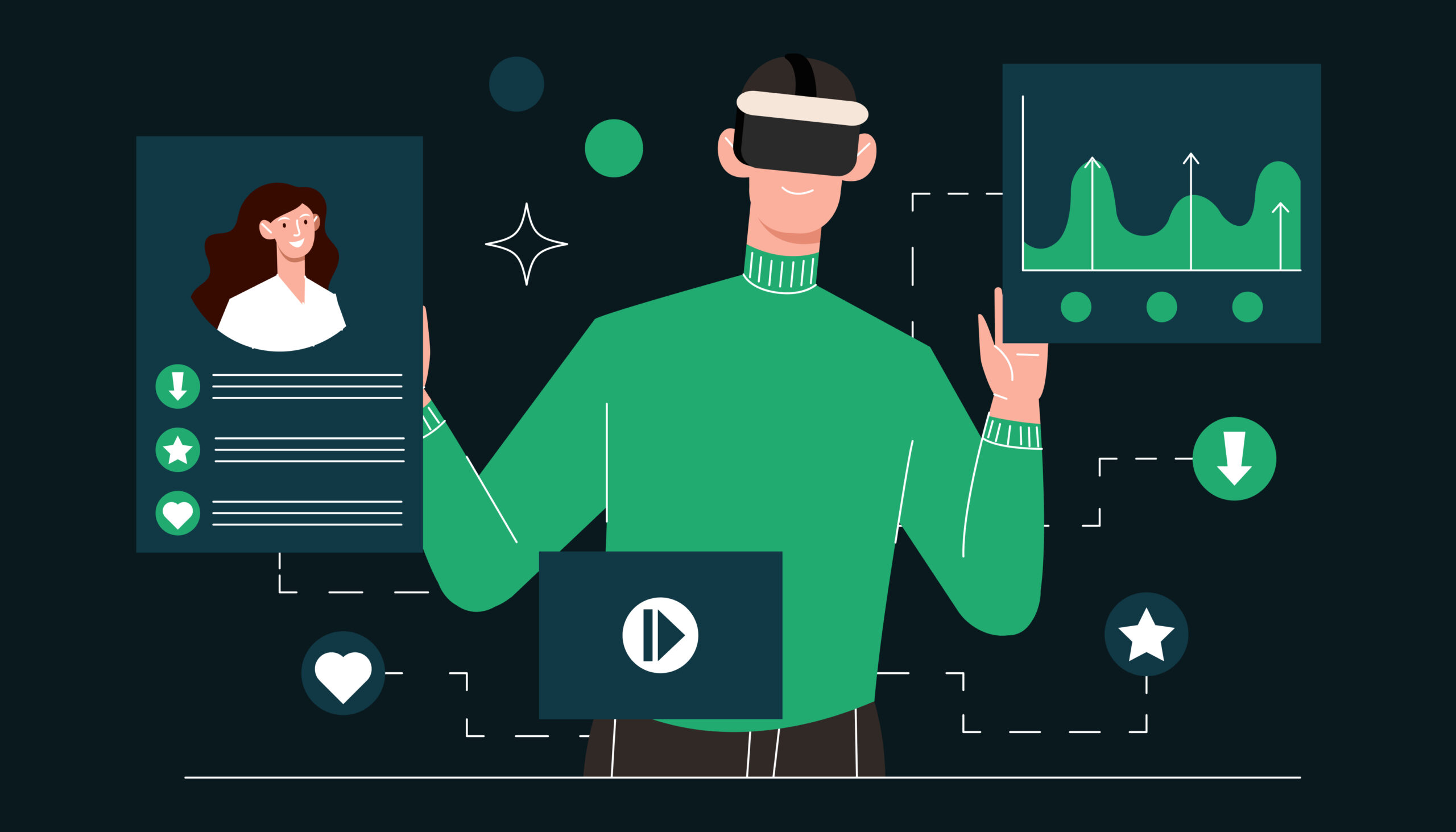For any organization, deciding whether to employ augmented reality (AR) is a difficult decision. Many brands have decided against developing AR experiences due to issues like development costs, locating suitable use cases, and technological maintenance.
Consider how computers, phones, washing machines, and other technological advancements have changed the way we work and live. The next step in that path is augmented reality, which enables us to live lives that are simpler and more effective. Following a close eye on this area, here are some ways businesses are using AR today:
What applications does augmented reality have for business?
The majority of augmented reality applications nowadays are for commercial and enterprise use cases. Key illustrations include:
Workplace Applications:
The introduction of AR to industrial markets will probably alter the way that many jobs are carried out. Field technicians will have access to real-time assistance from remote staff members who can highlight markings, point out problems, superimpose models over components like vehicle engines, and more. It streamlines procedures and takes the drudgery and guesswork out of physical labor.
Design and construction:
Designers are utilizing augmented reality to view how potential items (or constructions) appear in actual contexts and to virtually modify current products without ever having to touch them. This is arguably the most widespread and successful application of AR today.
Maintenance and repairs:
AR technology may direct professionals through the process of fixing, modernizing, and maintaining a variety of items, from large structures to industrial machinery. Through extensive, frequently visual instructions that are superimposed on the apparatus itself augmented reality (AR) enables technicians to operate equipment without consulting printed manuals or websites.
Training and education:
Companies are utilizing augmented reality (AR) technology to give employees an immersive training experience, enabling them to fully comprehend new goods and concepts. Schools are doing the same.
Healthcare:
AR technology is now being used in operating rooms to display overlays that depict the crucial steps of an operation, the patient’s vital signs, and more.
Retail:
Companies are adopting AR to give retail customers a redesigned, contemporary augmented reality experience when they buy, including virtual makeup and virtual changing rooms.
Technology:
Tools like Splunk AR enable major utility companies to respond more quickly to power outages and to have complete insight into all of their data.
Marketing:
AR ideas for products, point-of-sale materials, and even billboards provide companies with a fresh, far more enduring look.
Creativity and 3D models:
The advent of augmented reality will probably have the biggest positive effects on markets in the design and creative sectors. Thanks to startups like Augment, businesses are already adopting AR to aid them. Companies will be able to deliver more effective sales and marketing materials if they develop apps that allow them to superimpose 3D models in real-world environments. AR will also help artists and CAD (computer-aided design) modelers because it enables them to render goods and other assets in a 3D environment for simpler workflow and presentation.
Customer Experiences:
Modern audiences swiftly adopt new technologies; in 2018, there were 4.2 billion active internet users, and by 2020, it is anticipated that there will be approximately 31 billion internet-of-things devices installed worldwide. As businesses find new ways to use it, augmented reality will be the next stage. The Cheddar app demonstrates one such method from Magic Leap, which enables users to place live video feeds from Cheddar’s top news networks wherever in their environment. Businesses that incorporate augmented reality into their goods benefit from audiences’ direct visual involvement.
THE BOTTOM LINE:
When determining whether future technologies like AR are appropriate for your company’s voice and target audience, having a rudimentary understanding of them might be helpful. You may also be able to convince the right stakeholders of their integration with your help. Contact our team of skilled developers to narrow down your choices for technology so that you can weigh their benefits and drawbacks to determine which option best achieves your goals.


